More IEM Comparisons
I also compared Spartacus with IEMs at Addicted to Audio in Melbourne, and again the Hiby R6 Pro II was used with Spartacus requiring a volume level of 21 in hi-gain, AB mode. These impressions are more abstract in light of the difficulty of picking up subtle nuances in a noisier environment.
Thieaudio Monarch MKIII (USD $999)
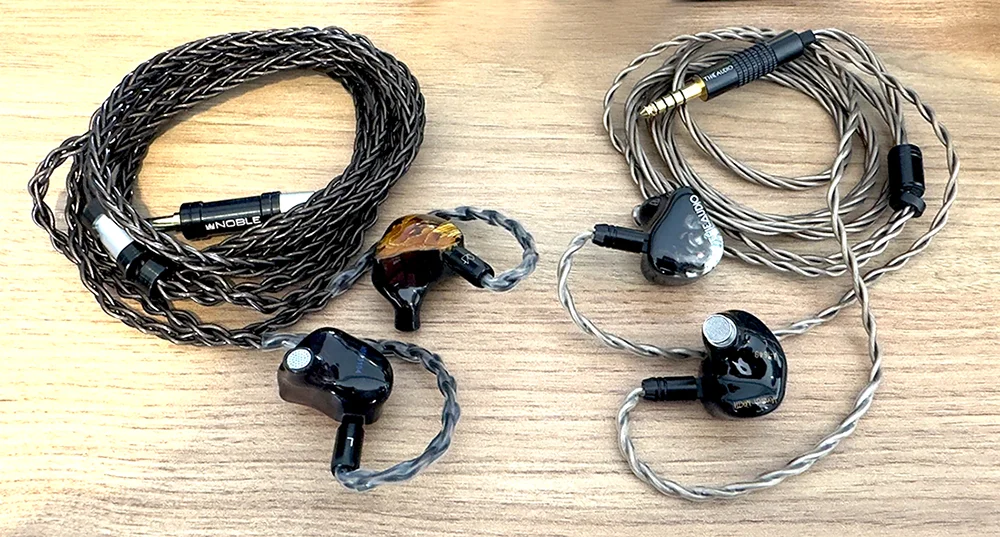
Similarly sized to Spartacus, the Monarch MKIIIs require a volume of 30 on the R6P2 so they’re more difficult to drive.
The MKIIIs have less bass quantity than Spartacus with midbass emphasised over sub bass, and overall sound more refined with a smoother presentation that’s less warm & visceral than Spartacus. The MKIII’s maintain much of the Monarch MKII’s flat tonality that’s very neutral & uncoloured, but thankfully they are a little more lively this time around.
The soundstage of both IEMs is similarly wide but Spartacus’ stage is deeeper, and Spartacus also comes across as brighter with a more forward & aggressively-tuned midrange. Spartacus is perhaps a touch more resolving but the MKIII competes well in this area given its’ more modest price.
64 Audio U12T (USD $1799)
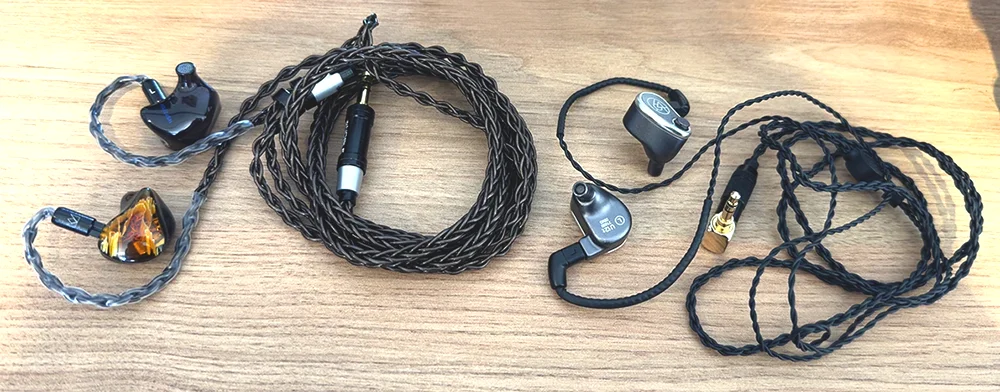
The U12T’s shells are far smaller but much less sculpted to fit one’s ear geometry, and thanks to their metal construction they’re about as heavy as Spartacus. Requiring a volume of 31 from the R6P2’s more underpowered 3.5mm jack the U12Ts are similarly easy to drive.
U12T bass quantity is far lower and their bass texture is not as satisfying either, so this feels like an area where Spartacus is considerably more capable. The U12T have a smoother, more neutral presentation and their midrange feels less aggressive & better balanced than Spartacus’, however their treble is also more muted which perhaps contributes to accusations of a “boring” tonality some reviews have thrown at them.
Spartacus’ stage is deeper and slightly wider, though both IEMs feel similarly resolving. To me the U12Ts stand up really well even in today’s market, and I find them more engaging than say the Monarch MKIIIs which perhaps try to emulate a similar sound, but having said direct comparisons to Spartacus definitely have them showing their age.
Fir Audio RN6 (USD $3299)
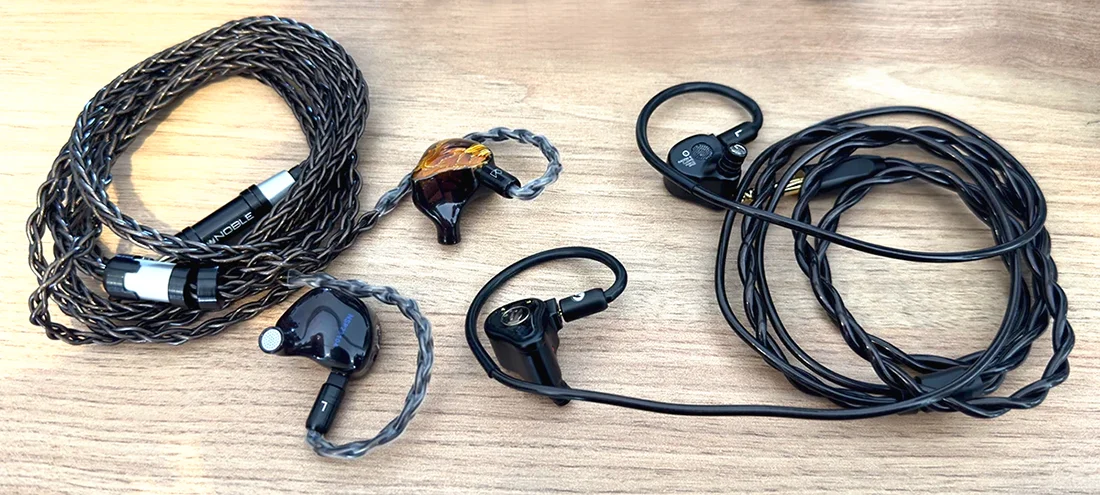
Much like the U12Ts, the RNs’ shells are much smaller than Spartacus but less sculpted to one’s ears. Requiring 23 volume on the RN6 they’re about as easy to drive.
The RN6’s feature considerably less bass quantity than Spartacus but their bass quality is excellent. They’re fairly midrange-emphasised, and I notice more upper midrange bias on the RN6s whereas Spartacus has a more bodied midrange stemming from its’ lower midrange boost. RN6 has a more polite, smoother tonality and is impressively well-balanced overall, with more lower treble present.
RN6’s stage is slightly deeper but not quite as wide, though they aren’t as dynamic as Spartacus which I find more exciting as a result of their tuning, though RN6 is probably the safer choice for most people.
Noble Audio Ronin (USD $3900)
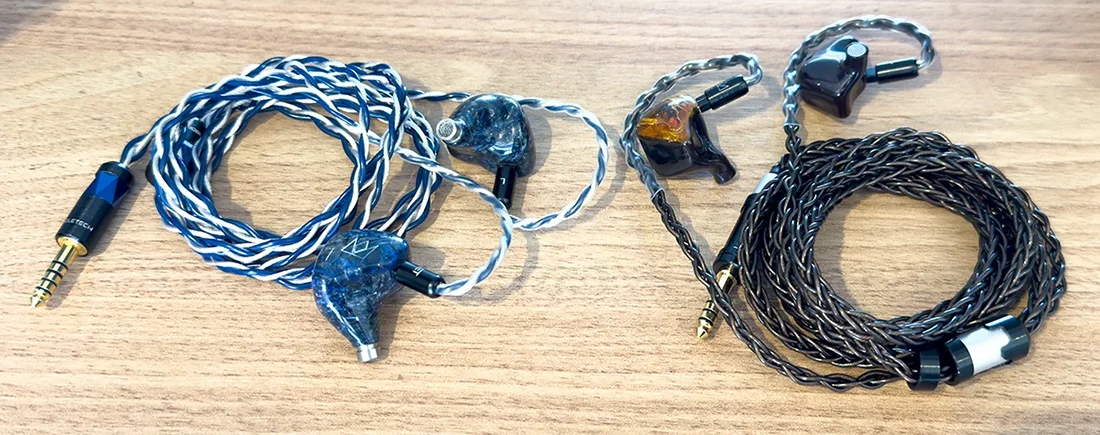
Ronin are physically much larger than Spartacus and stick out a proverbial mile, and though I don’t find them uncomfortable they surprisingly don’t isolate quite as well as Spartacus. Requiring 23 on the R6P2 they’re similarly easy to drive.
Ronin’s bass quantity is considerably lower than Spartacus’ and is textually a little mushier. Reminiscent of the RN6, Ronin are quite midrange-centric with one of the most spectacularly beautiful midranges I’ve heard, reminiscent of the Penon Impacts. Treble is less accentuated on Ronin, and despite feeling much more refined than Spartacus I can hear Noble’s house sound coming through in both.
Ronin’s stage is about as wide but deeper than Spartacus’, and both IEMs are similarly dynamic & resolving. Spartacus comes across as more v-shaped and exciting which is a tuning I prefer, but Ronin may prove less fatiguing during long listening sessions.
Page 1 – Introduction, Packaging & Ergonomics
Page 2 – Sound Impressions & Technical Performance
Page 3 – IEM Comparisons
Page 4 – More IEM Comparisons
Page 5 – Amplfication Performance & Cable Comparisons
Page 6 – Conclusion

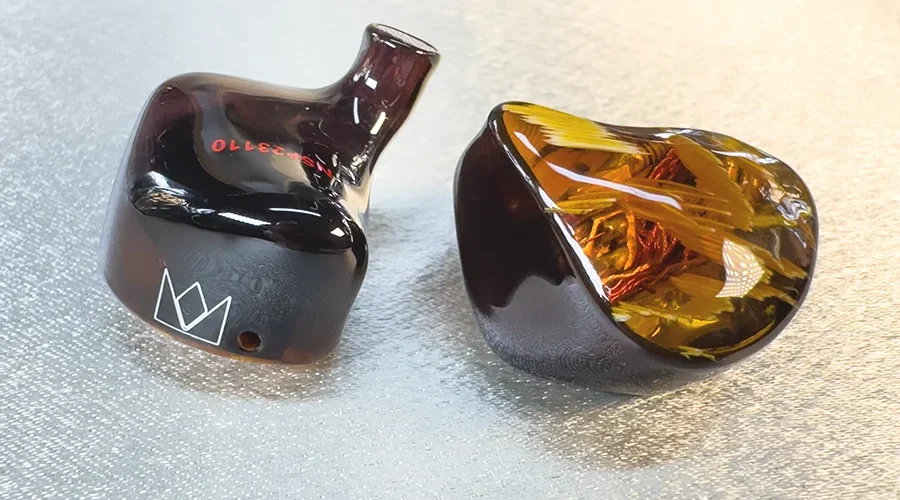
Comments